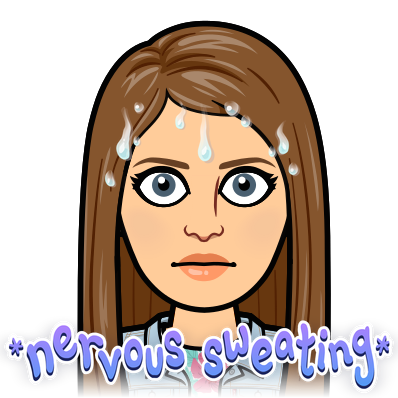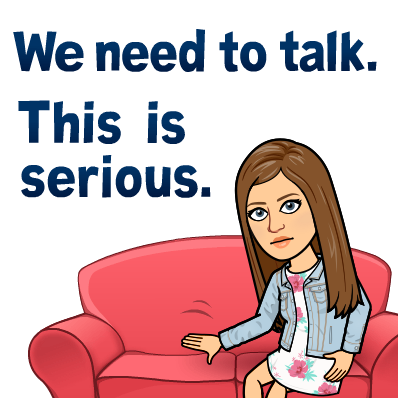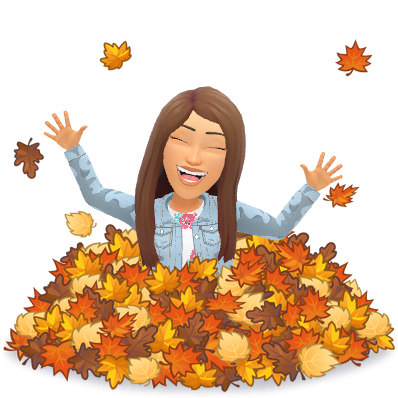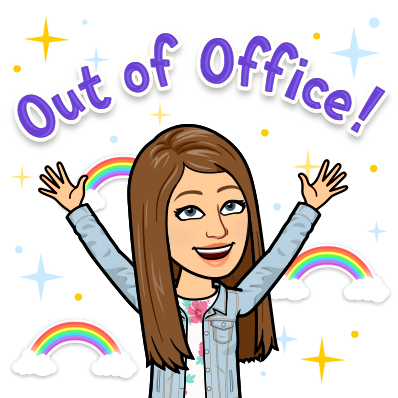Per tradition last year, after being inspired by Catlin Tucker, I've decided that my final post of the year will recap my top five most viewed (popular) posts on my blog. It's not too much of a surprise to see my top five as they were all posted before summer break and all had content that was relevant to all and/or was a "hot topic" in the news.
Post #1 (21 Jan 2018)
In this post, early this year, I blogged about how our district implemented digital portfolios. I provided some links to resources about using digital portfolio with students. I also talked about how digital portfolios can provide your students with a voice and with choice (they pick what's on their site, and they reflect upon their decisions and learning). I briefly discuss my own digital portfolio and why it works for me. Then I end by mentioning how a student could graduate with 13 years worth of work. THAT is powerful!

Post #2 (21 April 2018)
In this post, I write out the alphabet, A-Z, and next to each letter, I discuss a potential problem with digital learning. Some examples include distractions, managing time, plagiarism, xenagogue (yep - I even thought of an X word!). Technology can provide so much support in our classes, but it can also be a nightmare and a downfall! I hope that this post helps people, who are thinking about implementing technology into their curriculum, problem solve BEFORE the issues happen!

Post #3 (13 May 2018)
This post focused on how my grading policies have changed since I first started teaching. Things that I have changed include no zeroes, late grades, or "fluffy" grades, more formative assessments, and my take on why behavior does not equal achievement. This whole post stemmed from me being frustrated by ineligible students not being able to compete in our big track meet.

Post #4 (28 April 2018)
 In April of this year, teachers across the US went on strike to get better salaries and conditions (for themselves and their students). Our district did not go on strike, but our state did have an educator rally at the state Capitol in Denver. This post focused on my experience going to the rally with my educator friends and WHY I marched at all.
In April of this year, teachers across the US went on strike to get better salaries and conditions (for themselves and their students). Our district did not go on strike, but our state did have an educator rally at the state Capitol in Denver. This post focused on my experience going to the rally with my educator friends and WHY I marched at all.Post #5 (5 May 2018)
This post is focused on six steps to help you create meaningful work in your classroom. As you start to burn out as a teacher, you have to make changes to your personal and professional life. I can't tell you how to fix your own life (except to take care of yourself), but the six steps helped me remove myself from a burnout situation. I also provide ways for you to support your students in making good work in the classroom which puts the bulk of the work on the students instead of on you!
To end, I just want to wish you all happy holidays! As always, thanks for reading (especially throughout the past couple of years!) I will return on 12 January 2019!!!
- Rachel
@historicalipad
My Teacherspayteachers website
My Teacherspayteachers website

























